Tactical Deployment Proves Effective: How Ipswich Capitalized

Recently, the match between Manchester United and Ipswich ended in a 1-1 draw, exposing several tactical issues within the Manchester United squad. Under the meticulous guidance of McKenna, Ipswich skillfully exploited United's weaknesses, making it difficult for the Premier League giants to progress.
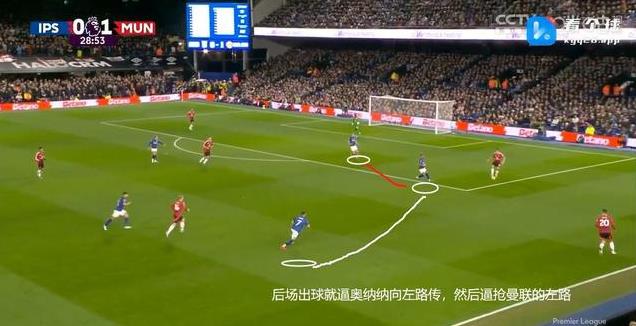
McKenna, a seasoned coach who spent years at United, has a deep understanding of the club. He aimed to target United's weaknesses tactically, achieving significant results. Before the game, McKenna and his team thoroughly analyzed recent match footage of United, ultimately deciding on two strategies: high pressing and wing attacks.

In practice, Ipswich players quickly closed down United's ball carriers, not giving them space. This relentless approach paid off, as Ipswich capitalized on United's left flank vulnerabilities. The trio of Eriksen, Dalot, and Garnacho struggled with coordination, providing numerous opportunities for the opposition. Ipswich launched 18 attacks from United's left side, with five directly threatening their goal, causing concern among fans and the coaching staff.

United's left defensive line became an open corridor for Ipswich's attacks. Eriksen and Dalot's defensive coordination was lacking, failing to effectively block the opposition's advances. Despite Garnacho's contributions in attack, he did not provide enough support defensively, exacerbating the crisis on the left flank.

Tactical Dilemma in the Front: Lack of Support and Coordination

Defensive issues were not the only problem; United's front-line performance also appeared weak. Rashford, the center-forward, possesses speed and technique but lacks in physicality. His frequent runs could stretch the opposition defense, yet he struggled to deliver the decisive blow alone, often finding himself trapped by the opposition's defense.
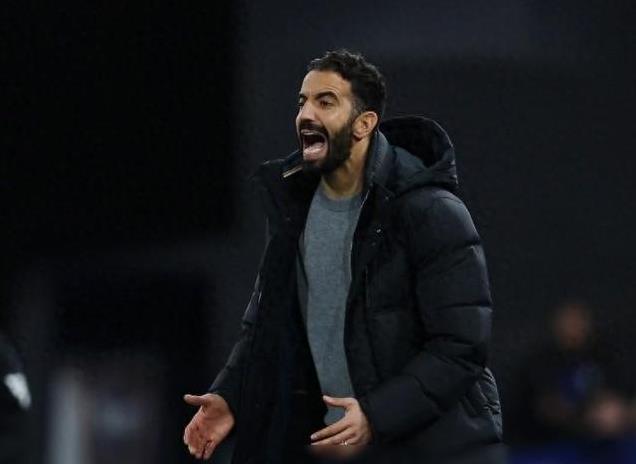
Diallo in the front also seemed isolated, attempting to combine with teammates but lacking support, ultimately succumbing to the opponent's tight defense. The free role, intended to be the core of United's attack, failed to fully materialize due to a lack of effective linkage.

Throughout the game, attempts at long-range shots and crosses often proved fruitless. The low offensive efficiency stemmed from an inability to effectively pass through the opponent's penalty area. Facing Ipswich's high-pressure defense, United players repeatedly found themselves stuck in midfield, with passing routes easily intercepted. Over the course of the match, United managed only three successful crosses into the box, compared to Ipswich's 11, highlighting the disparity.
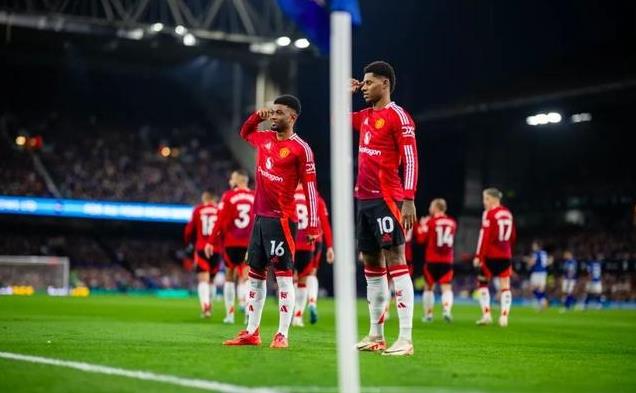
Amorim questioned the tactical literacy of United's players, believing there is room for improvement in execution, particularly in timing and space utilization. He stated, "United needs more detailed tactical training to enhance player coordination and understanding, allowing them to navigate high-pressure situations with ease."

The introduction of Hojlund added power and height upfront, with his heading ability posing a greater threat inside the box. Zirkzee entered to bolster midfield control, aiming to make transitions smoother. Ugarte, as a midfield shield, increased defensive intensity, thwarting several Ipswich counterattacks. Luke Shaw's entry ensured left-side defense while reinforcing the attack.
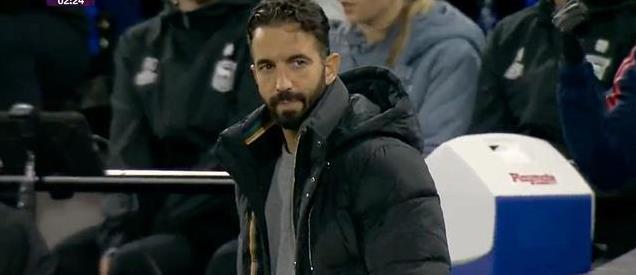
After these substitutions, United's offense showed signs of improvement. Hojlund's aerial presence forced Ipswich to deal with constant aerial threats. Zirkzee and B Fee's multiple link-ups brought organization and rhythm to United's attack. Ugarte's steadfast defense protected the midfield, minimizing counterattack opportunities. Luke Shaw's crosses and defensive solidity provided significant assistance.

Despite short-term successes, midfield passing issues persisted. Inaccurate passes and lack of positional understanding led to wasted opportunities. The frontline still lacked crucial precision, failing to create decisive threats at the goal.
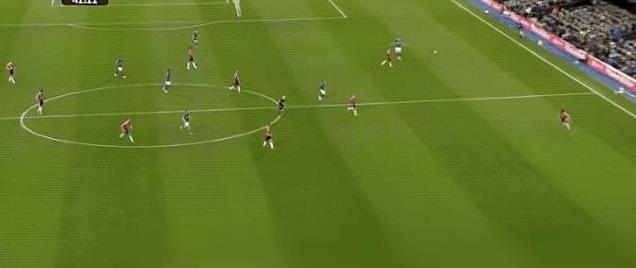
Although United held on for a draw, it was a heavy one. Amorim, having coached United for a short time, gained deeper insights into the team's tactical execution through this match. He noticed that many players had room for improvement in tactical understanding and execution. For instance, improper positioning and timing during the game led to multiple unsuccessful attacks.
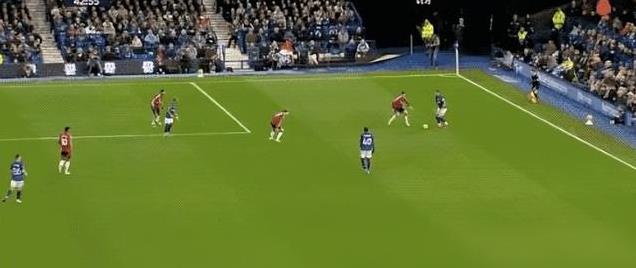
Amorim recognized that to enhance competitiveness, significant investment in tactical training and improving players' tactical acumen is necessary. In this context, the management must support Amorim, adjusting transfer strategies and providing comprehensive support for player development. Amorim needs to bring in players who fit the tactical requirements, optimizing the current squad to strengthen overall capabilities. United must also make clear tactical adjustments, building a system aligned with modern football trends.

With a clear plan for United's future, Amorim emphasizes the importance of developing existing players alongside acquiring high-quality ones. Rebuilding should not focus solely on individual positions but on overall tactical renewal and transformation. To build a competitive team in all aspects, United must start from the basics, adjusting both tactical play and individual player abilities.

Future tactical adjustments will focus on enhancing the team's capabilities at various stages of the game, whether it's defensive stability or attacking diversity. Amorim plans to strengthen coordination and teamwork through systematic tactical training.

Through this draw, Amorim and his team identified current problems and future directions. With collective efforts, United is expected to perform better and secure more victories in future matches.
